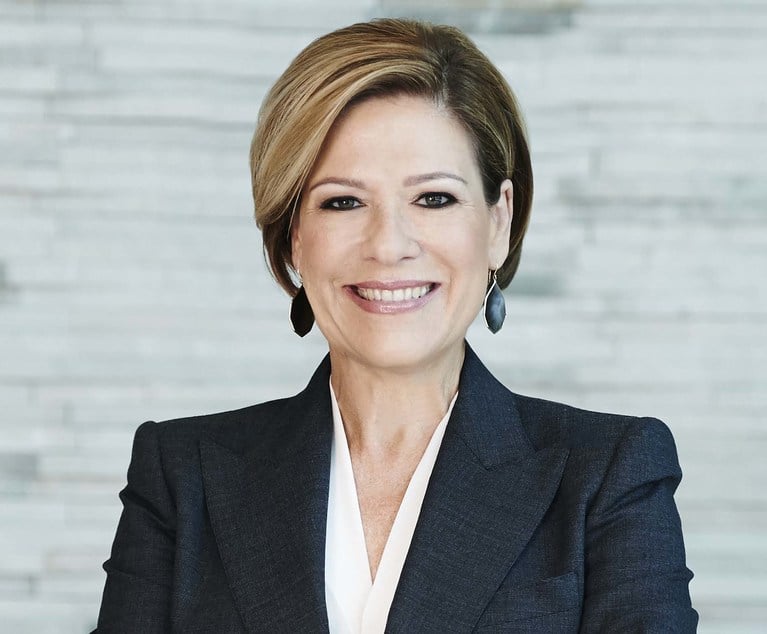SAN FRANCISCO—“Property Assessed Clean Energy financing enables property owners in participating jurisdictions to finance energy and water efficiency improvements and renewable energy generation, such as rooftop solar, and repay the cost of the improvements through a voluntary property assessment.” So say attorneys at Manatt Phelps & Phillips. “Policy makers have long touted the PACE model as a way to increase deployment of solar generation and energy efficiency measures that property owners would otherwise be reluctant to undertake due to a significant upfront capital investment and uncertainty about realization of return as measured against utility expenses over the term of ownership (i.e., if the property owner moves prior to payback period of efficiency measure).”
In the exclusive column below, Jack Stoddard, a senior associate in the energy & natural resources practice group at Manatt, Phelps & Phillips LLP, located in the San Francisco office and Michael C. Polentz, co-chair of the real estate & land use practice group at the firm's Palo Alto, CA office take a closer look. The views expressed in this column are the authors' own.
Depending on the specific program and the particular project, PACE loans can cover up to 100% of the cost of project. Like other property assessments, a PACE assessment runs with the property and can be transferred to a purchaser upon sale. Terms range from 5 to 25 years with rates starting at approximately 6.75% for a 5 year loan and 7.5% for a 10 year loan plus administrative fees. The amount of financing is capped relative to the property's total debt to equity ratio. Among the thousands of projects eligible for PACE financing, some of the most popular include the installation of rooftop solar systems, energy efficient roofing and windows, and water efficiency improvements (such as gray water reclamation systems). Rooftop solar providers have also, in limited instances, utilized PACE in conjunction with the power purchase agreement model to increase security for investors, reduce financing costs and make solar available to a larger consumer population.
After the city of Berkeley pioneered the first PACE financing program for rooftop solar systems in 2008, other states and municipalities followed suit and enacted legislation and programs based on the Berkeley model. In 2010, however, residential PACE programs hit a significant road block. Specifically, the Federal Housing Financing Authority (FHFA), acting as conservator of Fannie Mae and Freddie Mac that own or guarantee approximately half of the residential mortgages in the United States, directed the mortgage lenders to stop underwriting, purchasing or refinancing mortgages for properties with PACE assessments. The argument proffered by FHFA was a concern that, in the event of default or foreclosure, the mortgage lenders' secured interest in the property would be subordinate to a PACE lien. In 2013, the Ninth Circuit dismissed a legal challenge to the FHFA determination brought by the California Attorney General along with interested municipalities, including Sonoma County, Placer County and Palm Desert.[1] Fortunately, in 2014, in order to promote lender confidence and address FHFA's concerns, California established a $10 million loan loss reserve.
Although the FHFA continues to maintain reservations over the priorities of PACE liens and the impact upon mortgage lenders, proponents of the PACE model argue that FHFA's concerns are misplaced. Unlike other forms of property assessments, PACE financed retrofits improve cash flow: loans are used to finance energy and water efficiency measures that result in permanent reductions in the property owner's utility expenditures. The additional cash can be used for repayment of both the PACE loan and the mortgage. A 2013 study concluded that property owners that had implemented energy efficiency improvements were 32% less likely to default than property owners that had not.[2]
Despite the “impediments” raised by FHFA, the PACE model has rapidly been gaining momentum in California. In 2014, CaliforniaFIRST extended $300 million in financing to property owners in seventeen counties and more than one hundred forty cities. According to Renovate America, its residential HERO Financing Program's loan portfolio has grown exponentially as the program has expanded into new communities over the past two years: from $21 million in 2012 to $109 million in 2013 to $302 million in 2014. The commercial market meanwhile has grown from $17 million in 2012 to $88 million in 2014.
Where the PACE model goes from here and what roadblocks FHFA will develop against larger implementation remains to be seen; however, with the explosion of capital flowing into energy efficiency and solar distributive generation, creative finance companies utilizing the PACE model are well positioned to jumpstart the marketplace.
[1] County of Sonoma, et al. v. Federal Housing Finance Agency, Case No. 12-16986, Opinion, p. 3 (Ninth Cir, March 19, 2013)
[2] Quercia, R. et al, Home Energy Efficiency and Mortgage Risks, Institute for Market Transformation and University of North Carolina Center for Community Capital, (March, 2013).
Continue Reading for Free
Register and gain access to:
- Breaking commercial real estate news and analysis, on-site and via our newsletters and custom alerts
- Educational webcasts, white papers, and ebooks from industry thought leaders
- Critical coverage of the property casualty insurance and financial advisory markets on our other ALM sites, PropertyCasualty360 and ThinkAdvisor
Already have an account? Sign In Now
© 2024 ALM Global, LLC, All Rights Reserved. Request academic re-use from www.copyright.com. All other uses, submit a request to [email protected]. For more information visit Asset & Logo Licensing.








